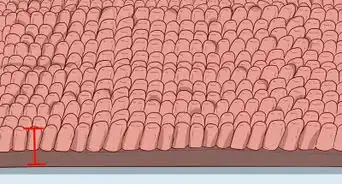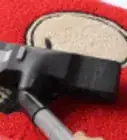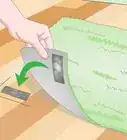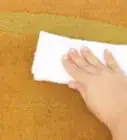This article was co-authored by Guy Peters. Guy Peters is the Owner of MOP STARS Cleaning Service, a complete house cleaning service for residential and commercial clients, based in Denver, Colorado. Founded in 2014, MOP STARS provides regular, move in/out, deep, and commercial cleaning services. Guy has a BA in Finance from the California State University - Sacramento and an MBA from Cornell University.
This article has been viewed 55,810 times.
Stuffing rugs away in just any old place won't do. Stored rugs can deteriorate or attract pests without the appropriate attention being paid to their storage conditions and an unpleasant surprise is not what you need on unfurling the rug. Here is how to store them so that they remain in great condition for future use.
Steps
-
1Clean the rug. If any part of the rug is soiled, it needs to be cleaned. Whatever is left on a rug can attract vermin, insects, or simply cause deterioration on its own account. If you are not sure how to clean the rug, read its label or seek professional advice.
- Always vacuum a rug before storing; this will remove dander, flea eggs, dust mites, etc., prior to storage. Use an appropriate setting on the vacuum so as not to damage it. If it cannot be vacuumed, at least beat the rug outdoors and leave it to air in sunshine for a day before storing.
- See the Related articles for a range of cleaning help for different types of rugs.
- Do not use beater bars (brush rolls) when vacuuming your rug. These powerful brushes agitate flooring to break up more dirt and can work great in some situations, but most area rugs are too fragile for them. This is especially true if the rug has frilled edges.
- If you cannot turn the beater bar feature off, use a nozzle attachment instead.
- Do not make too many back and forth movements. Vacuum in the direction of the pile (the same direction that the fibers naturally lay).
-
2Moth-proof the rug after cleaning. There are a couple of choices here: either moth-proof the rug professionally using a commercial treatment, or use your own moth-proof treatments that you'd use for any stored fabrics in the home. The value of the rug should be accounted for when deciding which method to prefer.Advertisement
-
3Take care of humidity. Humidity can cause a rug to curl at the edges, especially when humidity levels are constantly changing. Try to keep the storage space as dry and cool as possible. Keeping the storage temperature as even as possible is also very important.
- If the rug has curled, try pinning it down to the floor with double-sided tape for a way (heavy-duty). If not, then try steaming it back into shape.
-
4Roll the rug for storage. If you fold the rug, it will gain permanent crease lines that are very hard, if not impossible, to remove and the fibers will be weakened at all bend points. Tie into a roll gently using twine or similar item.
-
5Consider wrapping the rug in plastic or canvas cloth to protect it from dust. Do not use plastic if temperature changes will impact the storage space, as this will cause condensation. A canvas cloth or sheet will do an excellent job of keeping off dust, cobwebs, and the like.
Community Q&A
-
QuestionCan I store a rug in my attic?
 Community AnswerYes, but make sure that it is in bag or a place where dirt and dust doesn't get on it.
Community AnswerYes, but make sure that it is in bag or a place where dirt and dust doesn't get on it. -
QuestionShould my rug be stored upright or laying flat?
 Community AnswerUpright if your room/storage space allows it, and always off the floor in case there is water.
Community AnswerUpright if your room/storage space allows it, and always off the floor in case there is water.
Warnings
- Keep rugs out of direct sunlight when storing; uneven sunlight can mark the rug at the edges and spoil its look.⧼thumbs_response⧽
Things You'll Need
- Canvas sheet or cotton sheet
- Cleaning products suitable for rug
- Twine or similar to tie rug into a roll
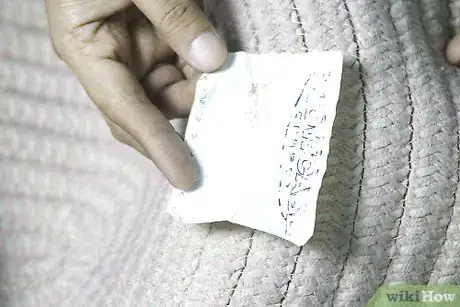
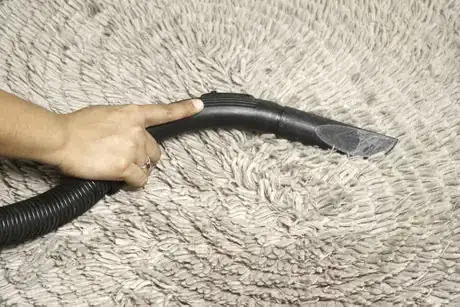
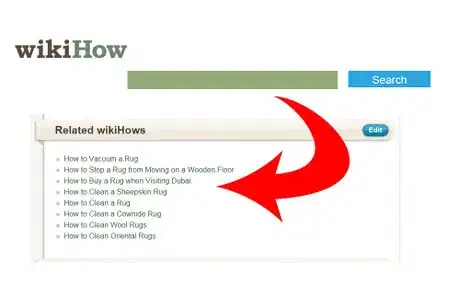
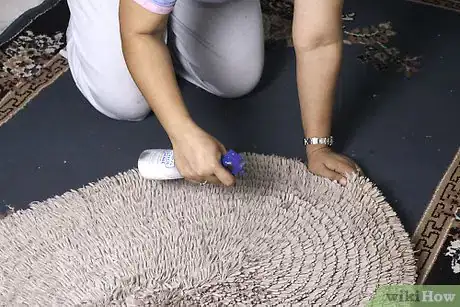
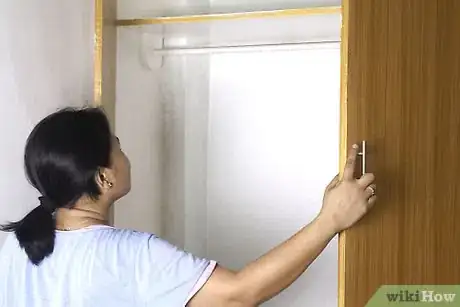
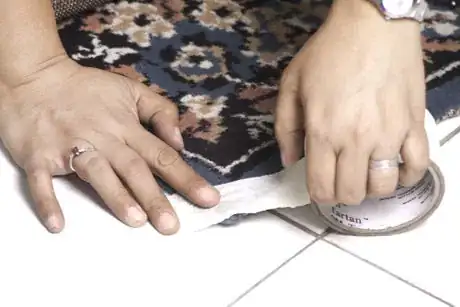
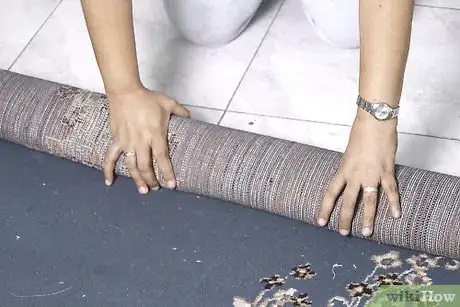
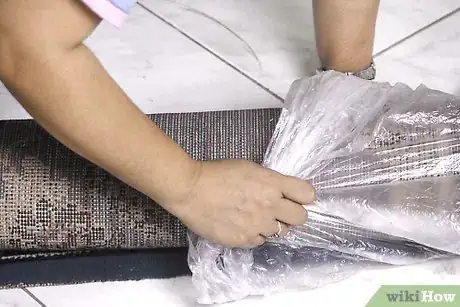
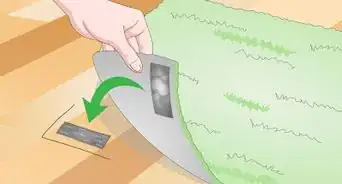
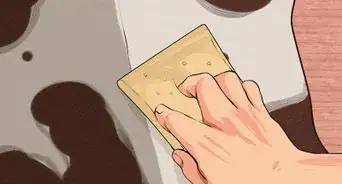
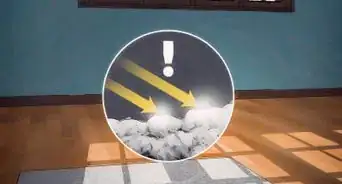

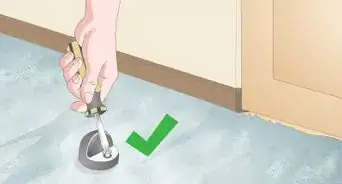

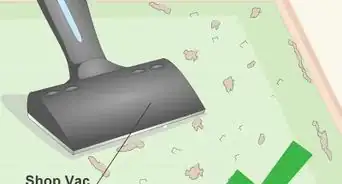
-Step-19.webp)

